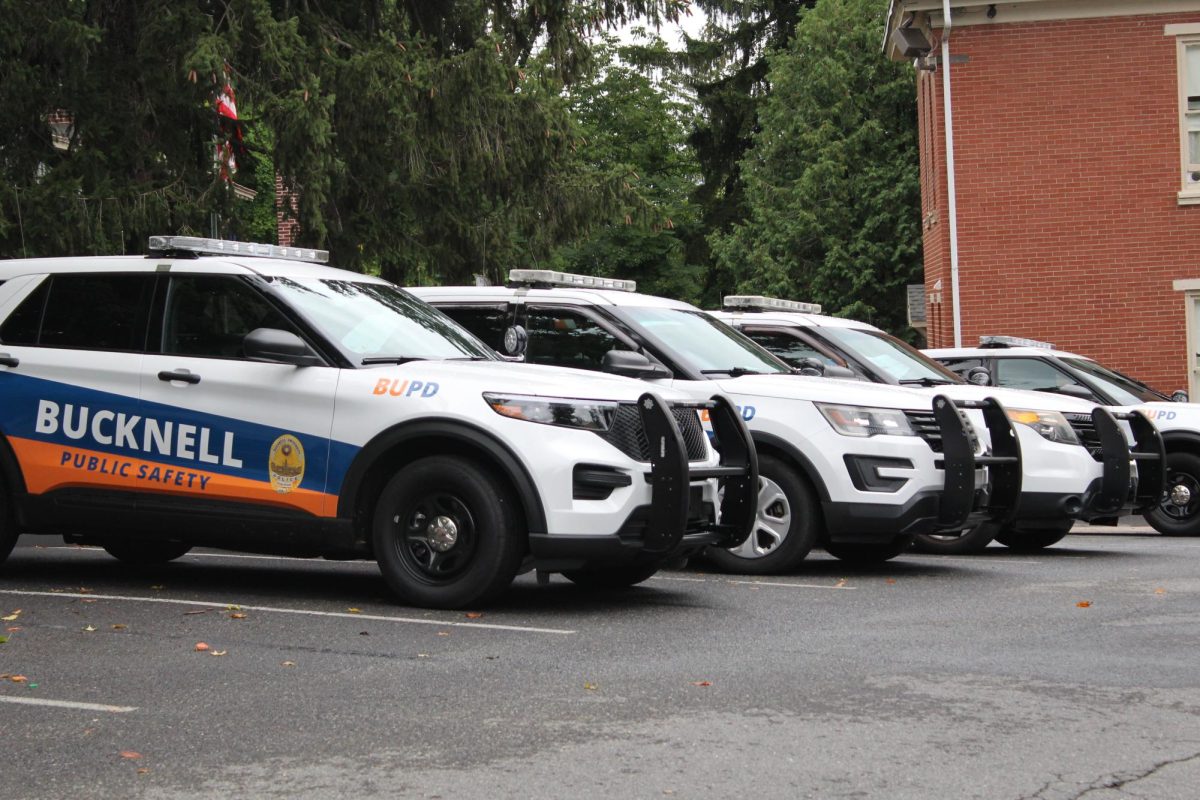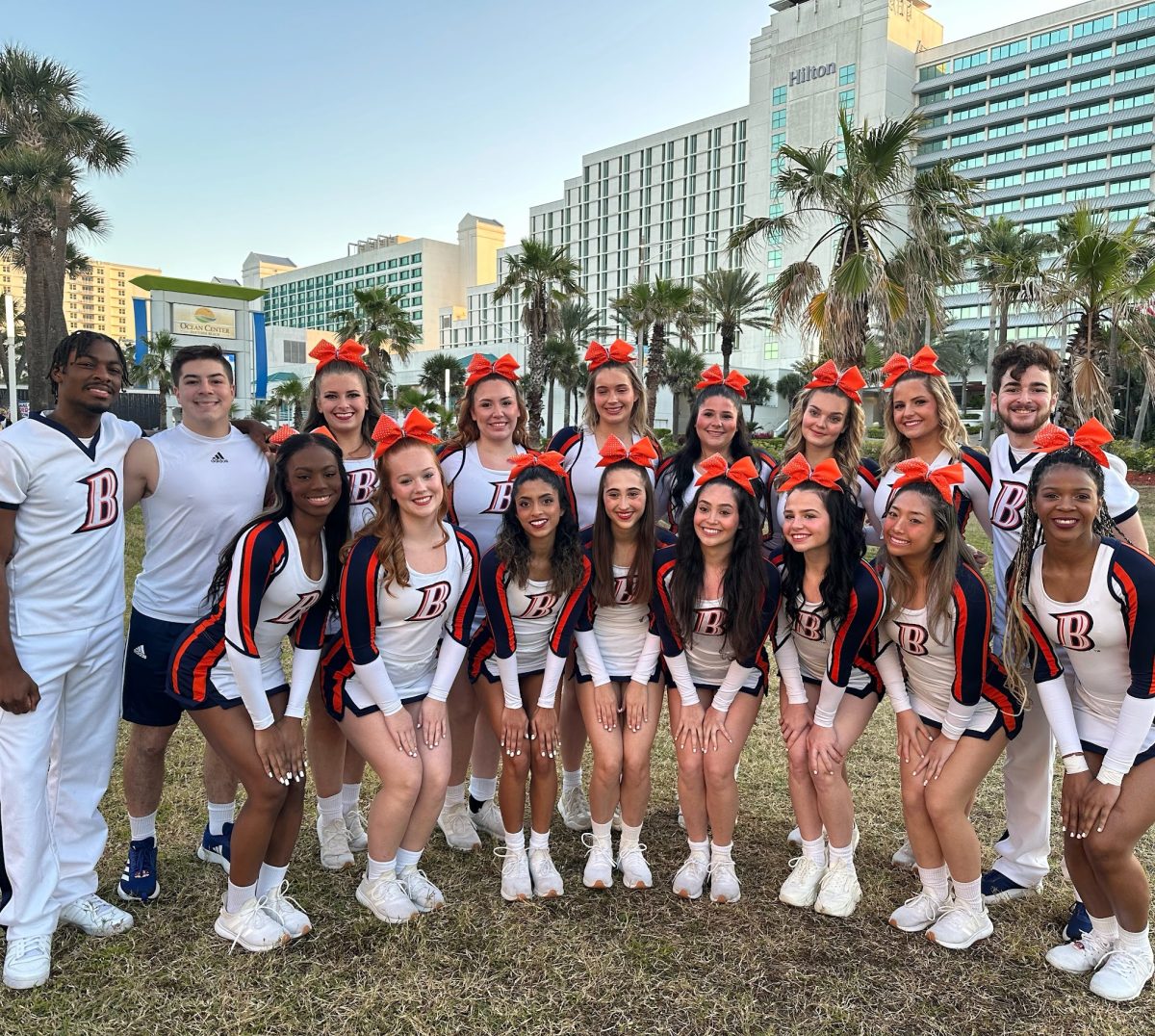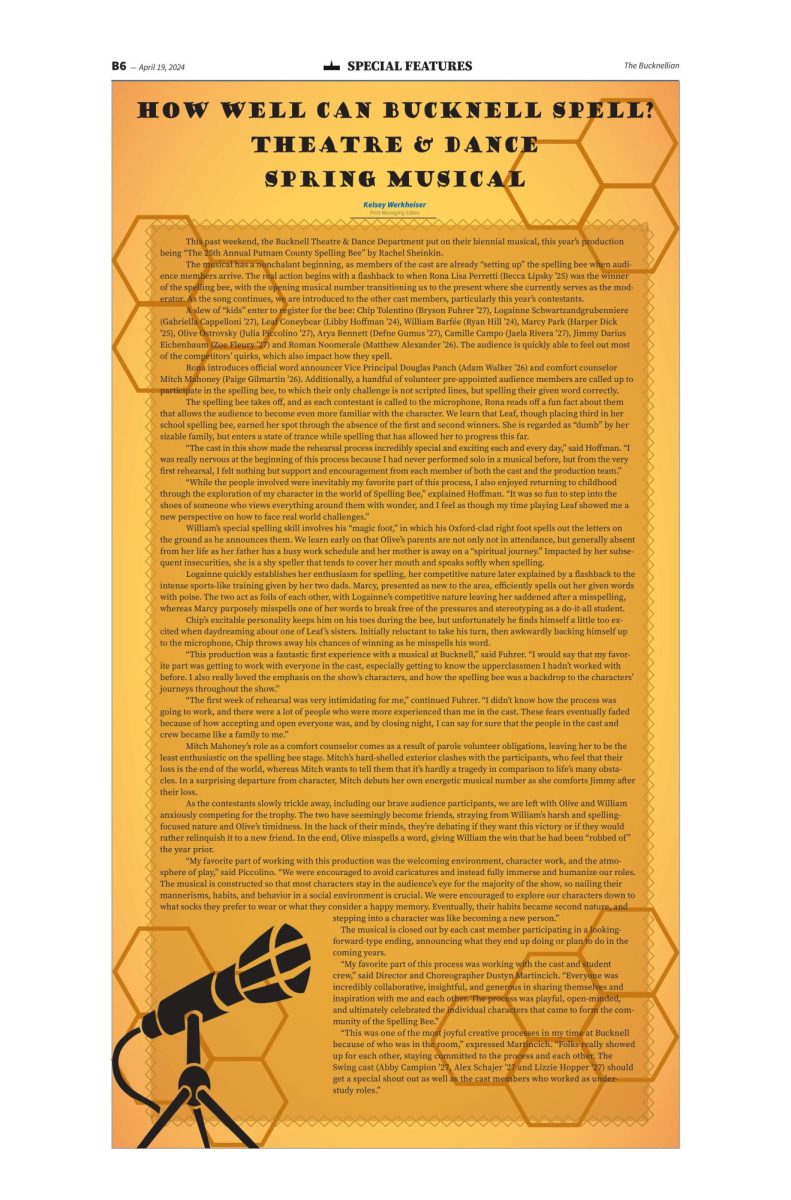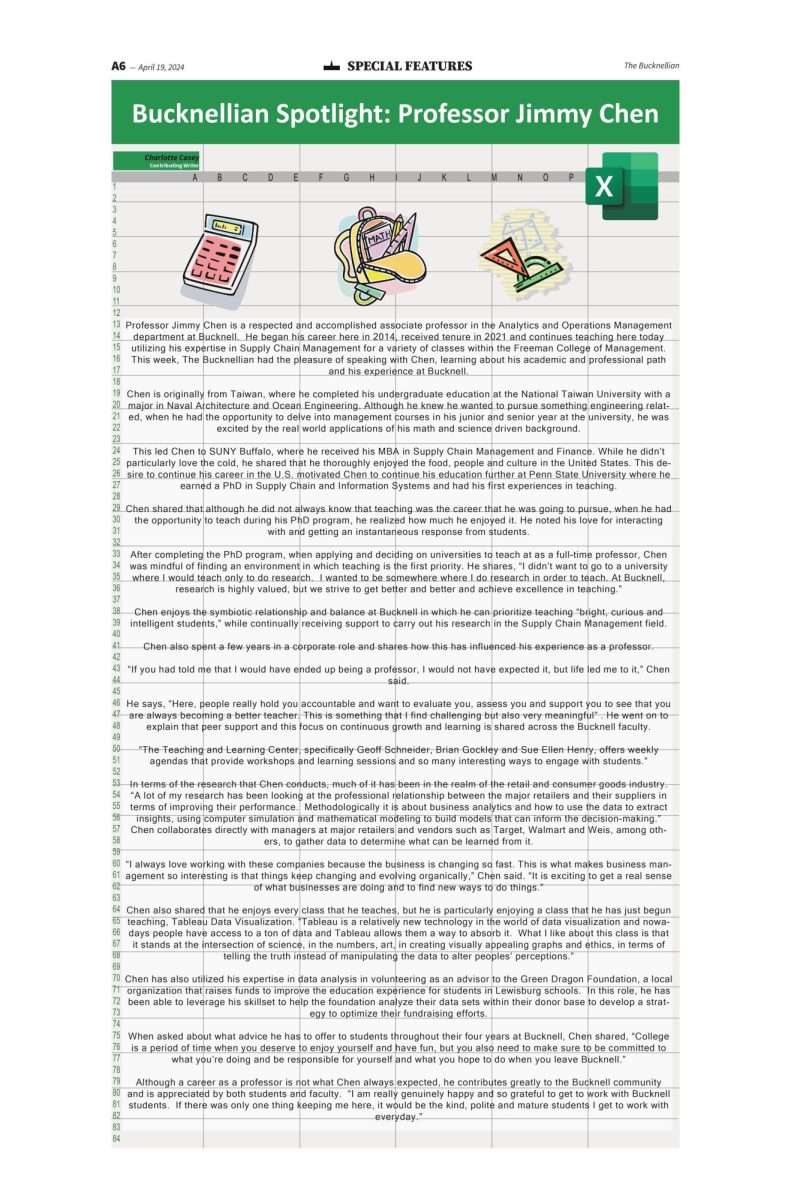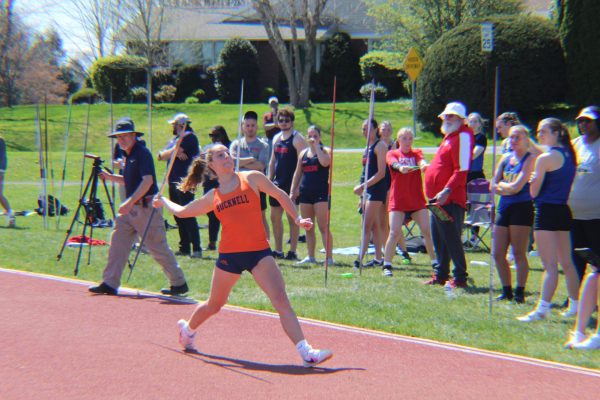A fix for food insecurity? SNAP is available to students
March 4, 2022
Some might have thought the posters around campus advertising SNAP being available for college students indicated a new policy change by the University. But no: the news is instead a product of Dr. Steve Jordan’s Food/Environmental Dinner Seminar, whose class’ research brought them to this discovery.
SNAP is the Supplemental Nutrition Assistance Program, which is a federal nutrition assistance program that helps people buy food and increase their grocery store purchasing power through an Electronic Benefits Transfer (EBT) ACCESS Card. In Pennsylvania alone, as of August 2021, there were 1.8 million people receiving SNAP food benefits. While the extent of SNAP eligibility for students has recently expanded, student access to this program is nothing new.
Dr. Jordan’s class was informed of this through Rachel Herman, the Sustainable Food Solutions Vista at Union County Food Hub, run by the Union-Snyder Community Action Agency.
“That’s when we started to do research, like ‘are students eligible to get SNAP?’ So this was like, weeks of just calling the Pennsylvania government and going on COMPASS’ website, and seeing if we were able to. There were a few flops here and there… But a couple of students were able to get through with it in which we found out it was official, but we didn’t want to just keep that word in,” Krystell Ewing ’24 said, a member of the dinner seminar.
Students are eligible for SNAP if they meet the income requirements and meet at least one of the following: are younger than 18 or older than 50, have young children, have a physical or mental disability, are working 20 hours a week or more, participate in a state or federally financed work study program, or receive Temporary Assistance for Needy Families (TANF), among other qualifications.
Additionally, as a result of COVID, the US Department of Agriculture has also expanded its eligibility limitations to include college students (defined as at least half-time student) with an Expected Family Contribution (EFC) of $0 based on their FAFSA or who are eligible to participate in a federal or state work-study program during the current academic year. Students who meet only one of these requirements have to meet other SNAP eligibility requirements in order to receive benefits. This eligibility will remain in place until 30 days after the public health emergency ends.
“Having a supermarket where you can weigh your options out, you have more accessible to you… For students who don’t have a swipe plan at all, like who need to get their actual revenues, I feel like SNAP definitely helps in that case, because they not only can buy snacks, but they can buy meat, veggies, fruit… It’s just so much,” Ewing said.
Given the prevalent conversation about food insecurity on the University’s campus through both last year’s protests to increases in meal plan prices and the results of the Food and Nutrition Task Force’s report from October, the dinner seminar’s conversation started with the food resources on campus.
“We were talking about B-Eats… but then that’s when we started bringing up our issues: sometimes we’re able to go to B-Eats and find what we need but sometimes it’s not fully stocked. It’s kind of empty. And then like the hours that they say that they’re stocking is not fully up to date, like it doesn’t really line up with what they’re saying,” Ewing said. This is why they started looking for other reliable options for students to get their food.
Ewing also noted that many of the students saw the dinner seminar as a food resource itself, citing that one of their reasons for joining was the once-a-week free meal.
After a few students’ successes with qualifying for SNAP benefits, the seminar students sought a way to inform other students of SNAP and other local and accessible food resources. Collaboratively, the class created a website connecting students not only directly to COMPASS to apply for SNAP but to other University campus services and a couple of off campus resources to mitigate food insecurity.
On-campus resources on the Food4BU website include the B-Swipes Donation Program and the B-Eats food pantry. With help from Feed the Herd, Food4BU also features information about food pantries and distribution sites both within walking distance and those that can be reached with other forms of transportation, including the Union County Food Hub which is directly behind the Giant, accessible by the shuttle.
“Our motive here is really just to get the word out and to let people know that these resources are available to them. Because there’s several people out here just on a $700 [Dining Dollars per semester] plan, barely making it, because tuition is already high enough, housing is already high enough, and so is dining,” Ewing said.
“But hopefully, more people will be open to trying it out because there’s also a stigma against… government assistance, but just showing them that it’s normal. We’re all college students and we’re all going through it – we need money. So it’s a great resource,” Ewing said.

